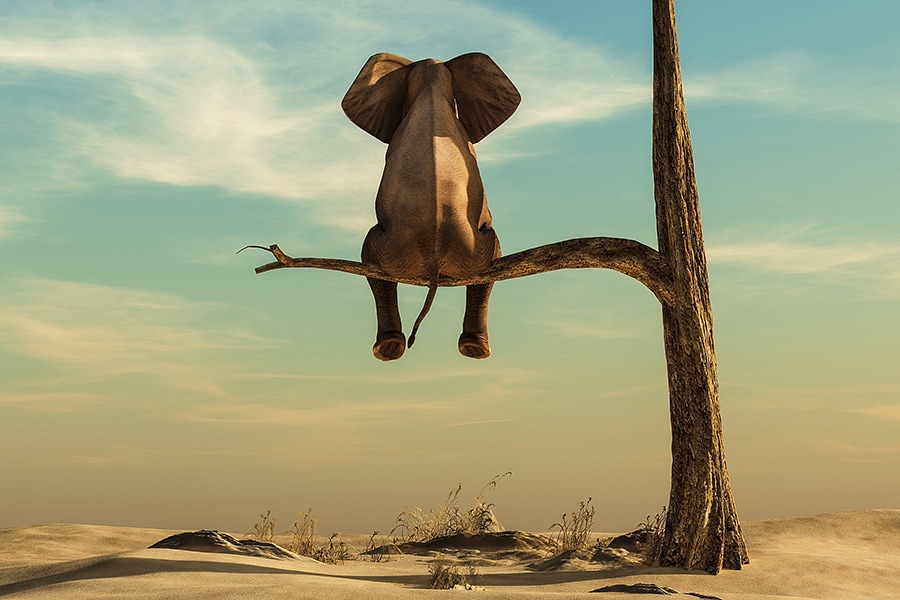
Simply speaking: Luck is talent which becomes a habit
The term bricolage refers to a shot in billiards which doesn't turn out as intended but is nevertheless successful. It's a very close to real life thing
 As self-expression, advertising could be art with a commercial intent of changing perceptions and behaviours in a required way. Image: Shutterstock
As self-expression, advertising could be art with a commercial intent of changing perceptions and behaviours in a required way. Image: Shutterstock
A grapefruit is a lemon that had a chance and took advantage of it. - Oscar Wilde
Is advertising an art or science? Is more creativity more effective? What is scientifically proven creativity? How could that be measured? What is art and what is advertising? Does evidence-based marketing prove the impact?
Art is defined in the Oxford English Dictionary as 'the expression or application of human creative skill and imagination, typically in a visual form such as painting or sculpture, producing works to be appreciated primarily for their beauty or emotional power' or 'the various branches of creative activity, such as painting, music, literature, and dance'.
As self-expression, advertising could be art with a commercial intent of changing perceptions and behaviours in a required way. One of the acknowledged studies done for creativity and impact on advertising results was done by Werner Reinartz and Peter Saffert at the University of Cologne. They published their results in June 2013 in the Harvard Business Review, in an article titled, ‘Creativity in Advertising: When It Works and When It Doesn’t’.




